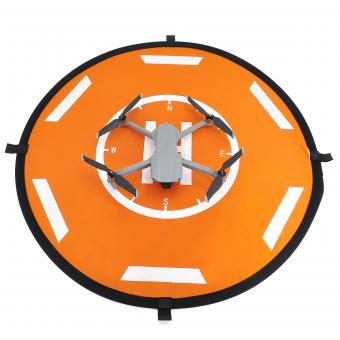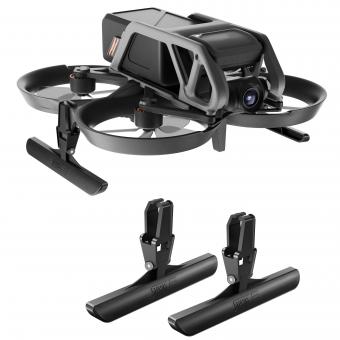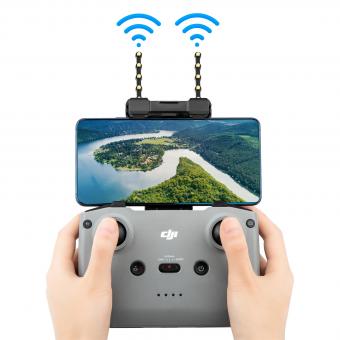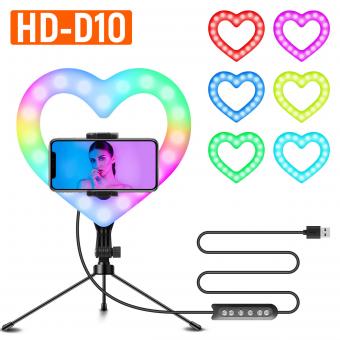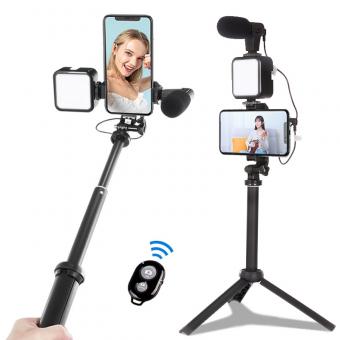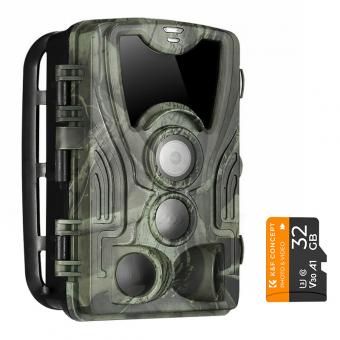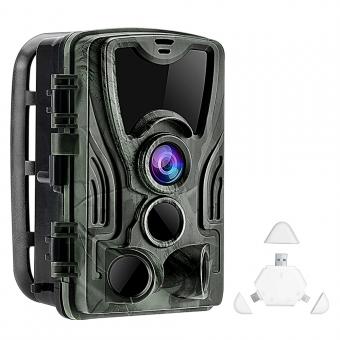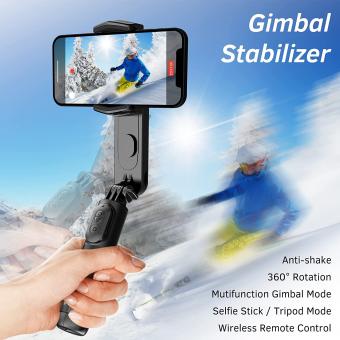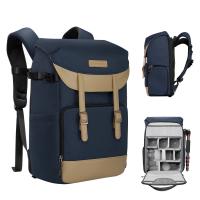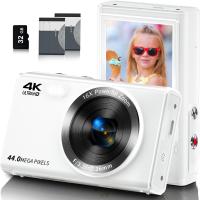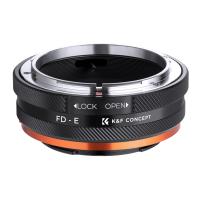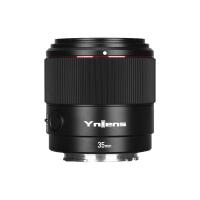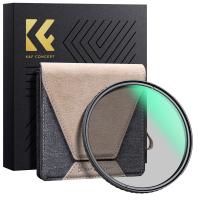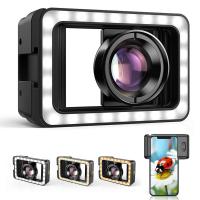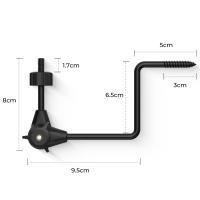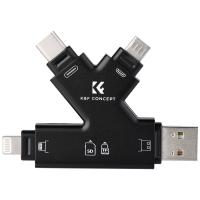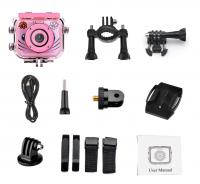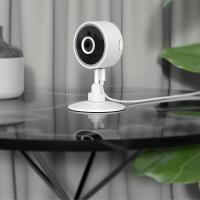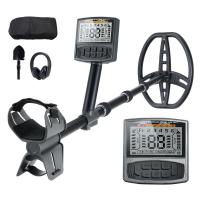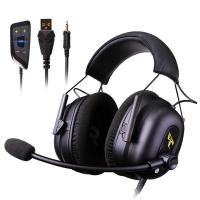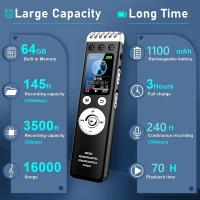What Is The Range On Drones?
Drones, also known as Unmanned Aerial Vehicles (UAVs), have rapidly evolved from niche gadgets into mainstream tools used across various industries. As these devices become increasingly integral in fields such as agriculture, surveillance, delivery, and even filmmaking, understanding their range capabilities is critical for making informed purchase and usage decisions.
When discussing the range of drones, it’s important to delineate between different types and categories. Each type comes with various range attributes tailored for specific applications and user needs. Generally, drone range can be classified into three primary categories: toy drones, consumer drones, and professional drones. Let's delve into these categories to better understand the range capabilities they offer.
Toy Drones
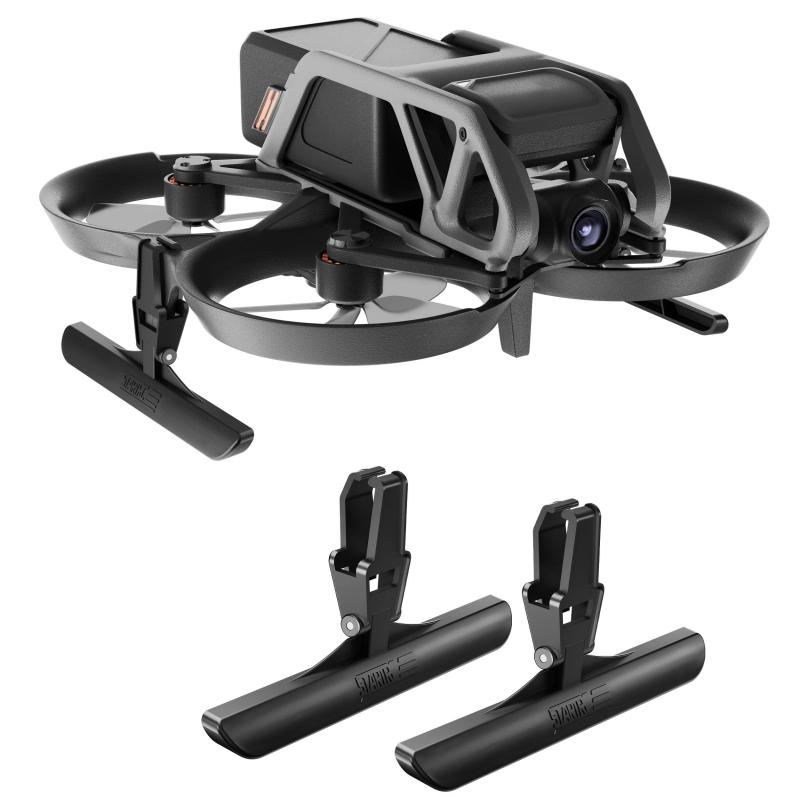
Toy drones are generally intended for beginners, hobbyists, and children. These drones are more about fun and ease of use rather than advanced features or extensive flight ranges. Typically, toy drones have a limited operational range due to their small size, lightweight build, and cost-effective components such as less powerful transmitters and simpler batteries.
Range:
Toy drones usually have a range of around 20 to 100 meters. This limited range makes them suitable for indoor flying or small outdoor areas like backyards. For parents buying a drone for their kids or beginners looking to get into the hobby without a significant financial investment, toy drones offer an excellent starting point. However, their limited range restricts their use to very controlled environments.
Consumer Drones
Consumer drones represent the middle ground between toy drones and professional drones. They are built for general consumers who need more advanced features for photography, videography, and recreational flying. These drones typically come with better cameras, GPS, more powerful motors, and advanced flight control systems.
Range:
Consumer drones can typically operate within a range of 500 meters to 5 kilometers. This range is more than enough for recreational purposes, capturing stunning aerial shots, and exploring larger outdoor environments. Popular consumer drones like the DJI Mavic series and the Parrot Bebop series often fall into this category, offering extended ranges that allow for versatile usage scenarios.
Professional Drones
Professional drones are designed for specialized applications that demand high performance, advanced features, and extensive operational ranges. These drones are used in industries such as agriculture, surveillance, search and rescue, and professional film production. They come with high-capacity batteries, advanced GPS systems, and powerful transmitters, allowing them to cover significant distances.
Range:
Professional drones boast ranges from 5 kilometers to over 20 kilometers, depending on the model and the specific use-case requirements. For instance, drones used in agricultural mapping or search and rescue missions often need to cover extensive areas, and thus, they are built to maximize their operational range and flight time. High-end models from companies like DJI’s Matrice series or military-grade drones can even exceed these ranges.
Factors Affecting Drone Range
While the maximum range stated by manufacturers provides a guideline, several external factors can significantly influence the actual operational range of a drone in real-world conditions. Here are a few key factors that drone users should consider:
Signal Interference:
Urban areas with many buildings, radio towers, and Wi-Fi signals can interfere with the drone’s communication with its controller, reducing its effective range. Open, rural areas generally allow for better signal strength and longer ranges.
Battery Life:
A drone's flight time, which is primarily limited by its battery capacity, indirectly affects its range. High-capacity batteries will enable longer flights, allowing the drone to travel farther before needing to return.
Weather Conditions:
Wind, rain, and extreme temperatures can all impact a drone’s range. Strong winds can drain a drone’s battery faster as it works harder to maintain stability, while rain or snow can damage electronic components and reduce overall flight time and range.
Line of Sight:
Most drones operate on radio frequency channels that require a clear line of sight between the controller and the drone to maintain optimal communication. Obstacles such as hills, trees, or buildings can block the signal, shortening the effective range.
Firmware and Software:
Regular firmware and software updates from the manufacturer can also impact drone range. These updates can optimize the drone’s performance, improve signal reception, and fix bugs that might otherwise limit the drone's operational range.
Maximizing Drone Range: Tips and Best Practices
To get the most out of your drone, it’s essential to follow best practices that can help maximize its operational range. Here are some tips:
1. Update Firmware Regularly: Always ensure that your drone’s firmware is up-to-date. Manufacturers release updates that can improve range, battery efficiency, and overall performance.
2. Ensure Battery Health: Use high-quality batteries and monitor their health regularly. Remove batteries after use to prevent overcharging, and store them in a cool, dry place.
3. Avoid Interference: Choose flying locations with minimal sources of interference. Open fields, rural areas, and high-ground positions usually provide the best environments for maximizing range.
4. Use Signal Boosters or Extenders: Signal boosters and range extenders can improve communication between your drone and its controller, allowing you to fly farther.
5. Check Weather Conditions: Avoid flying in adverse weather conditions. Windless, clear days with moderate temperatures are ideal for long-range flying.
6. Maintain Line of Sight: Whenever possible, maintain a clear line of sight between you and your drone to ensure continuous signal communication.
Understanding the range of drones is crucial for selecting the right model and maximizing its utility across various applications. From toy drones with limited ranges to professional drones capable of covering extensive distances, there is a wide variety of options tailored for different user needs. By considering factors such as signal interference, battery life, weather conditions, and maintaining a clear line of sight, drone enthusiasts and professionals alike can ensure they get the most out of their flying experience.
As drone technology continues to advance, we can expect improvements in range, flight duration, and overall capabilities, opening up new possibilities across different fields. Whether you’re a hobbyist, a photographer, or a professional in a specialized industry, understanding and optimizing drone range will help you achieve your aerial objectives more effectively and efficiently.

